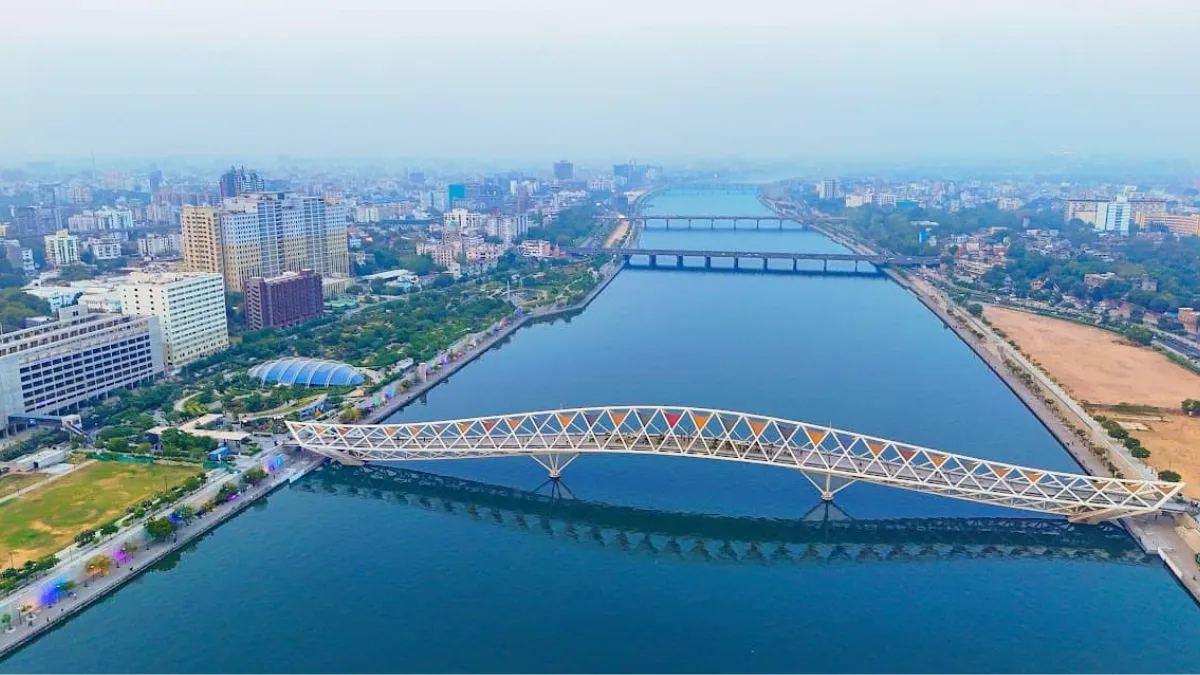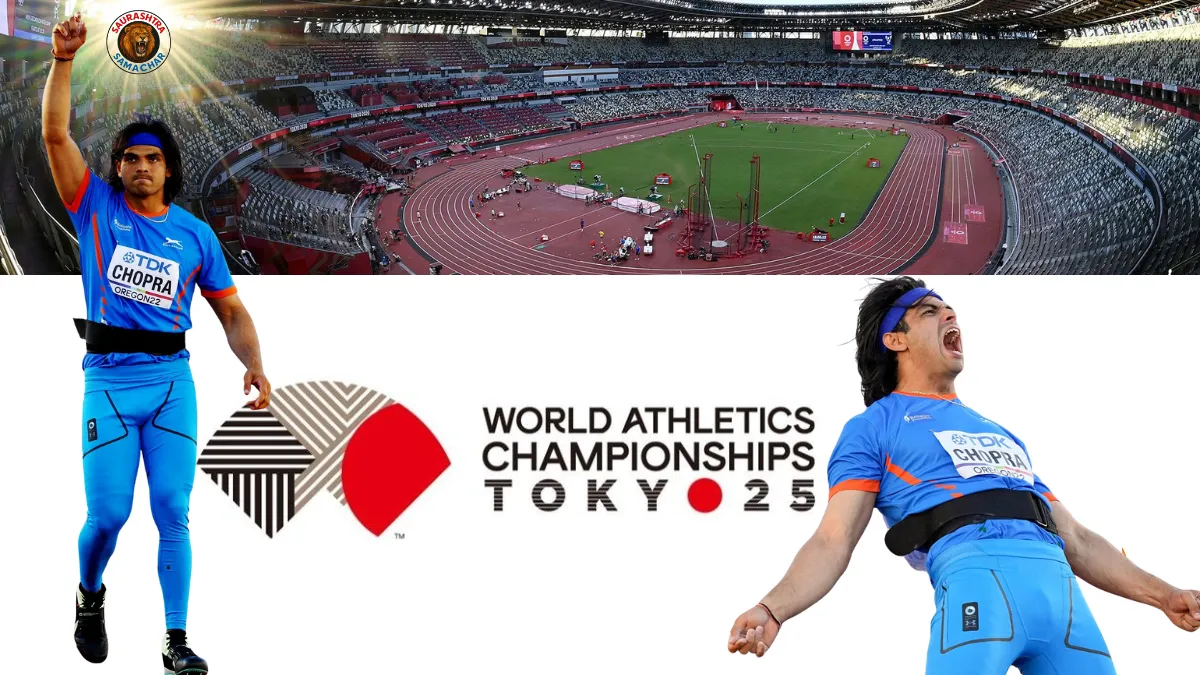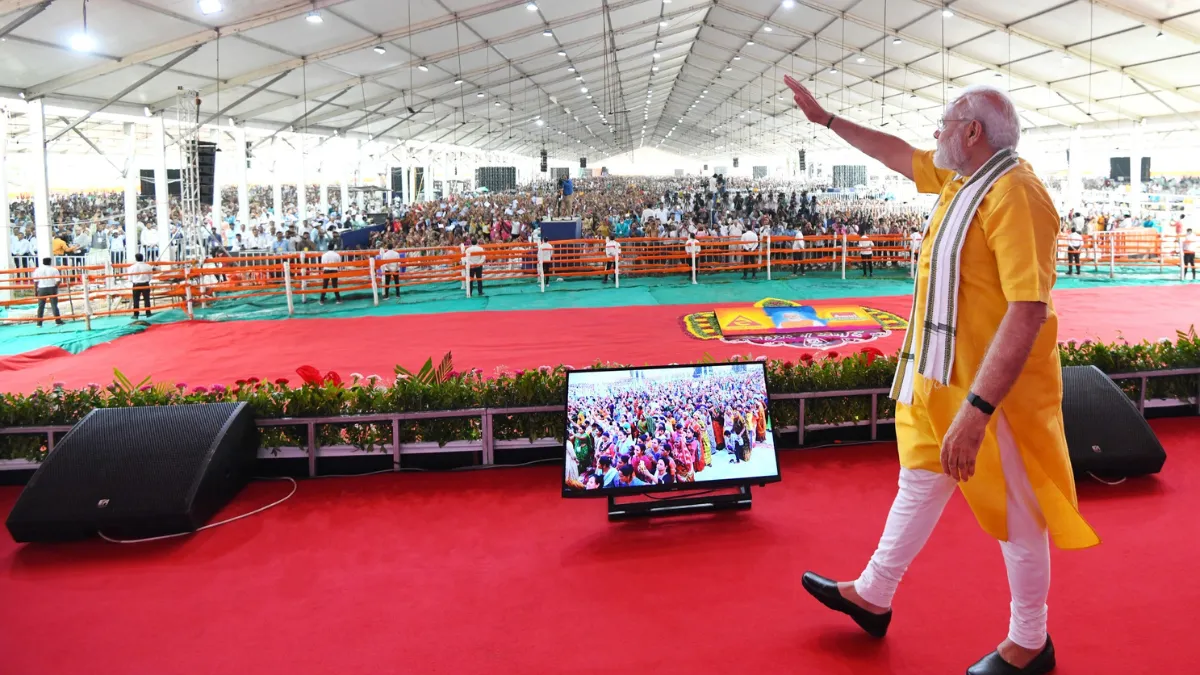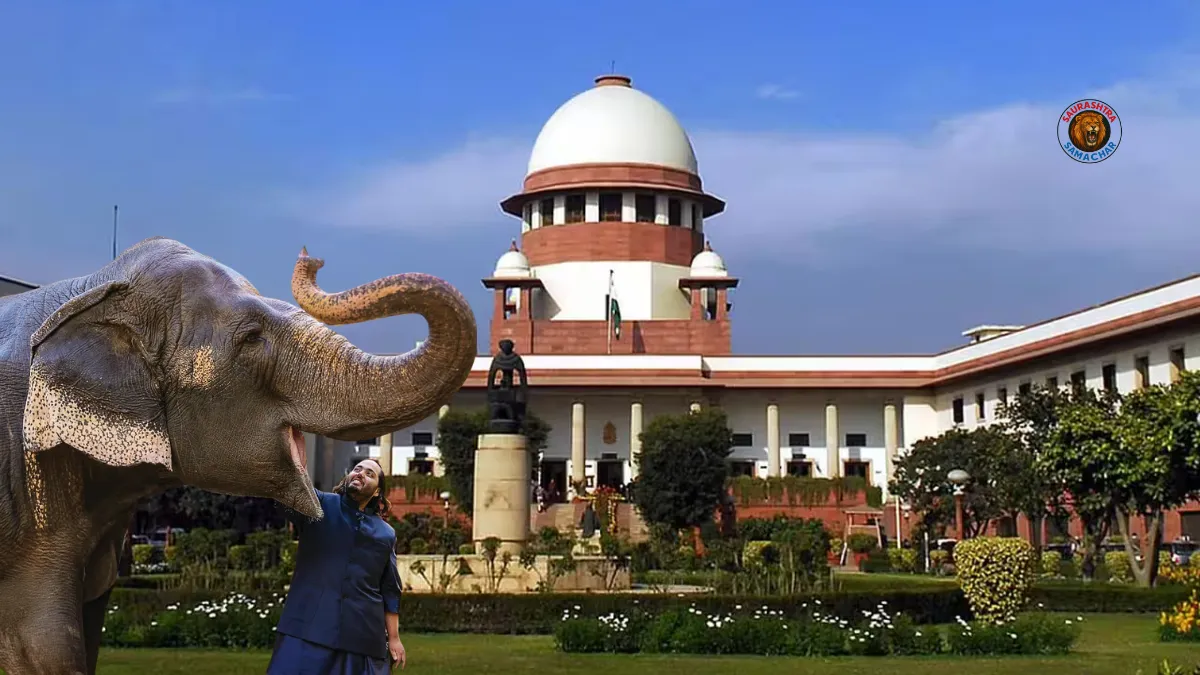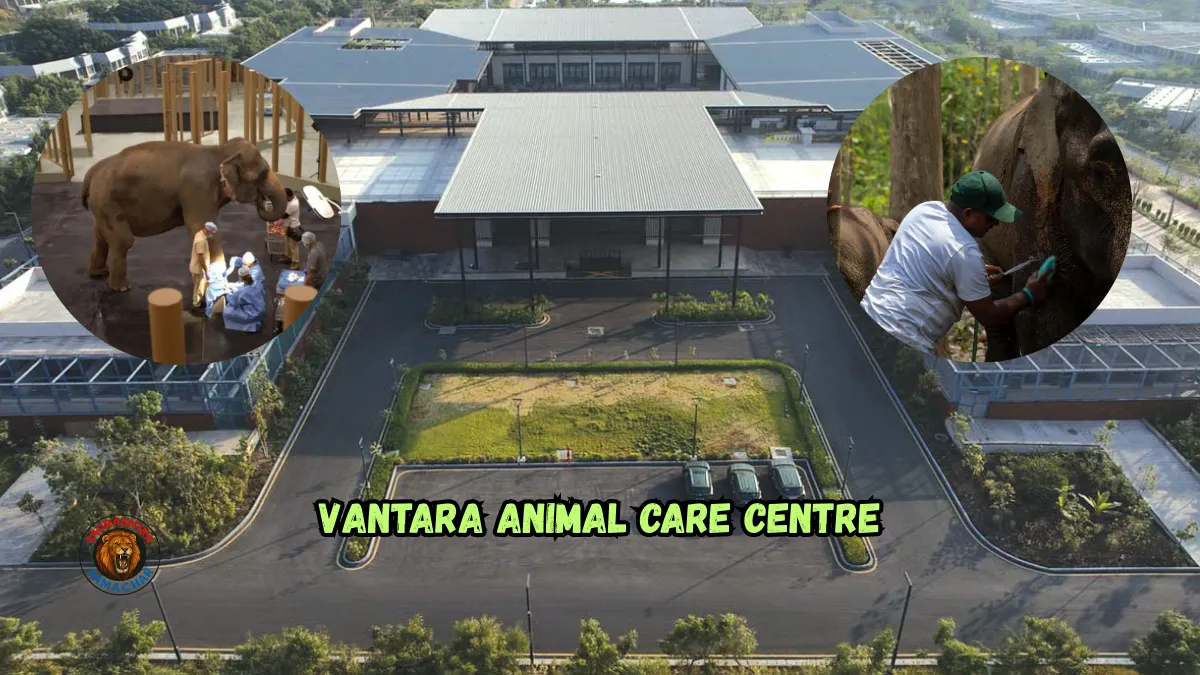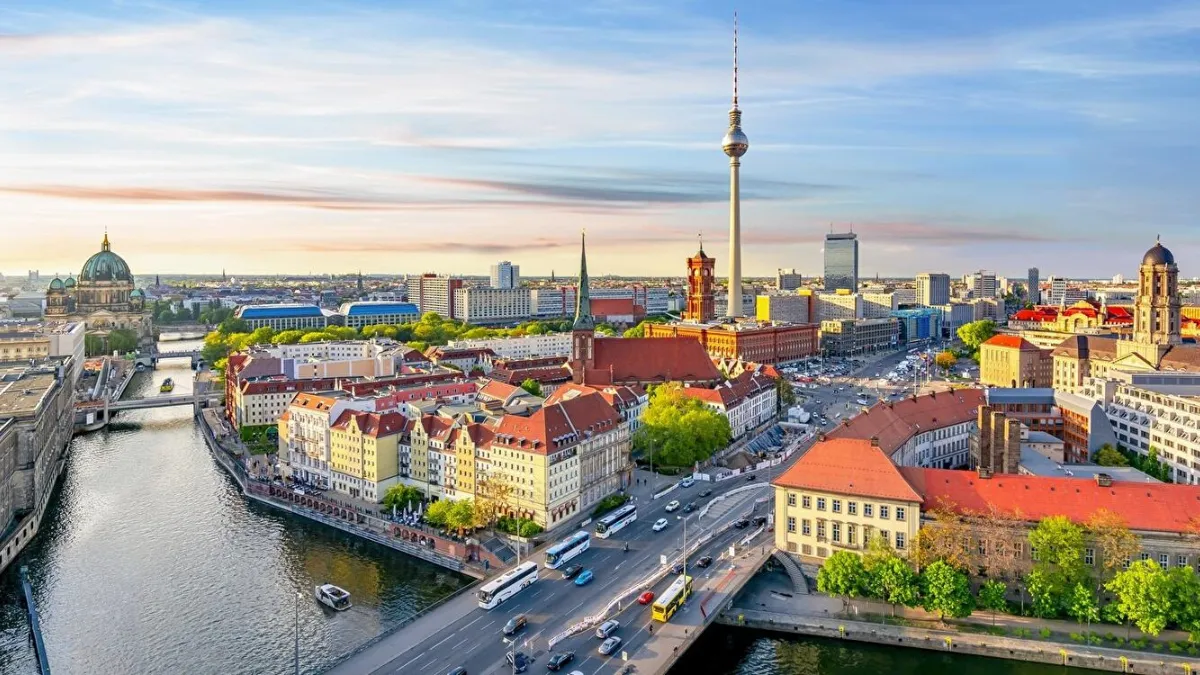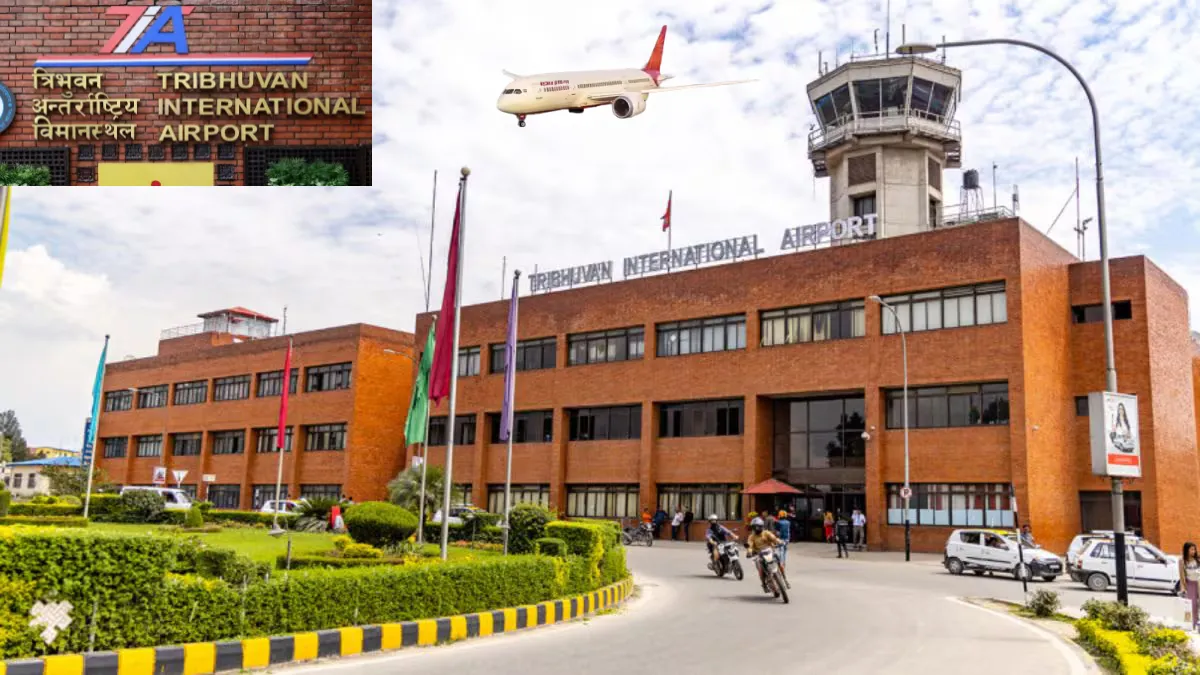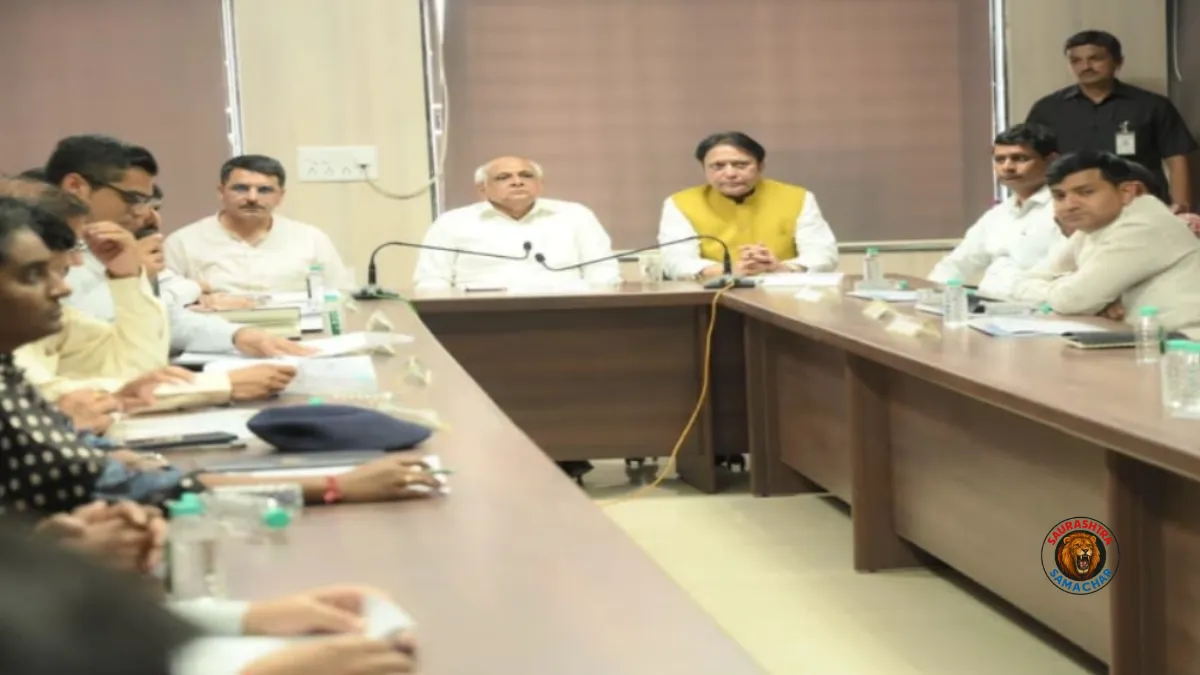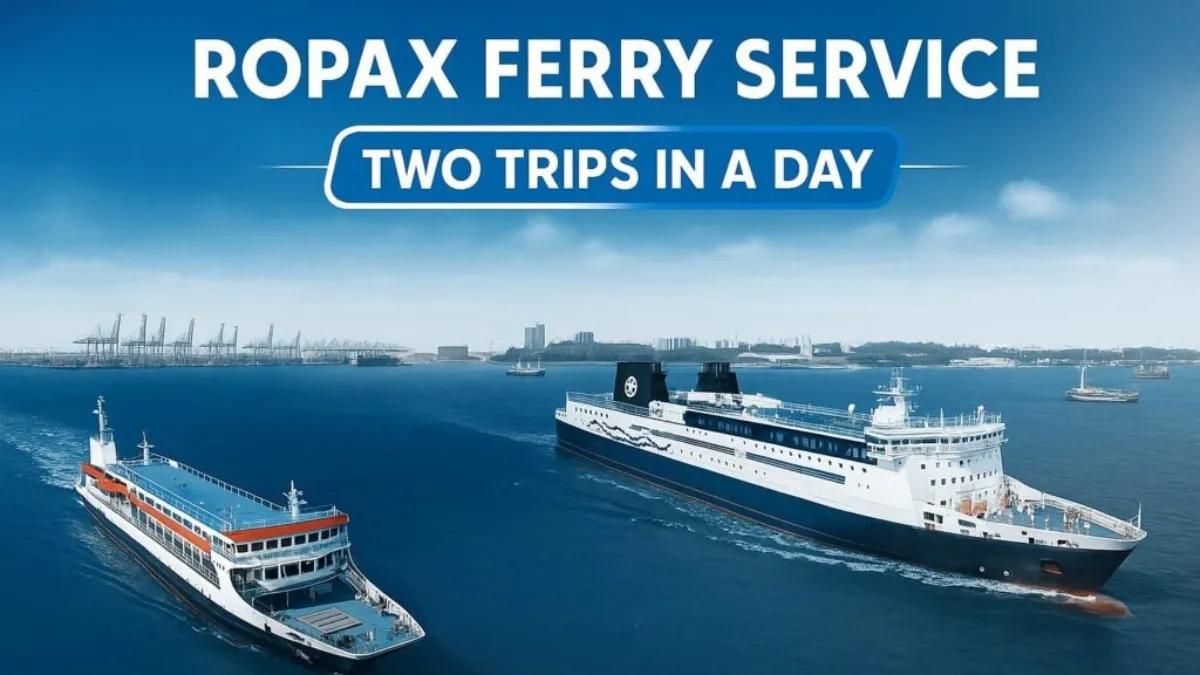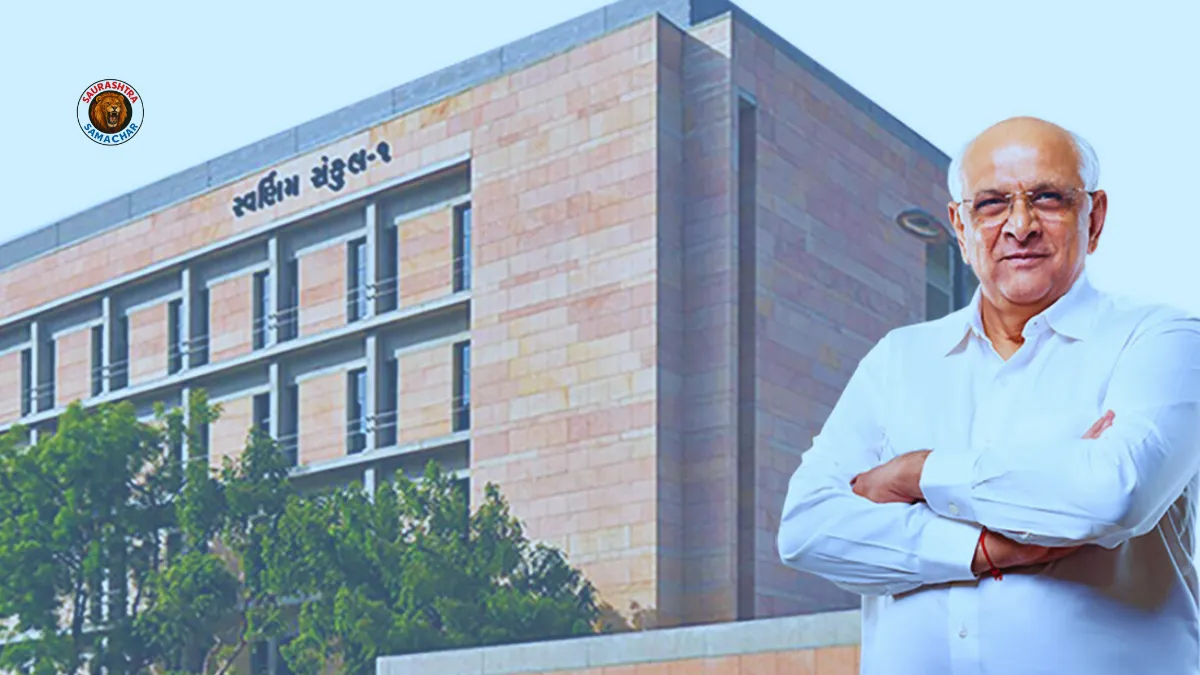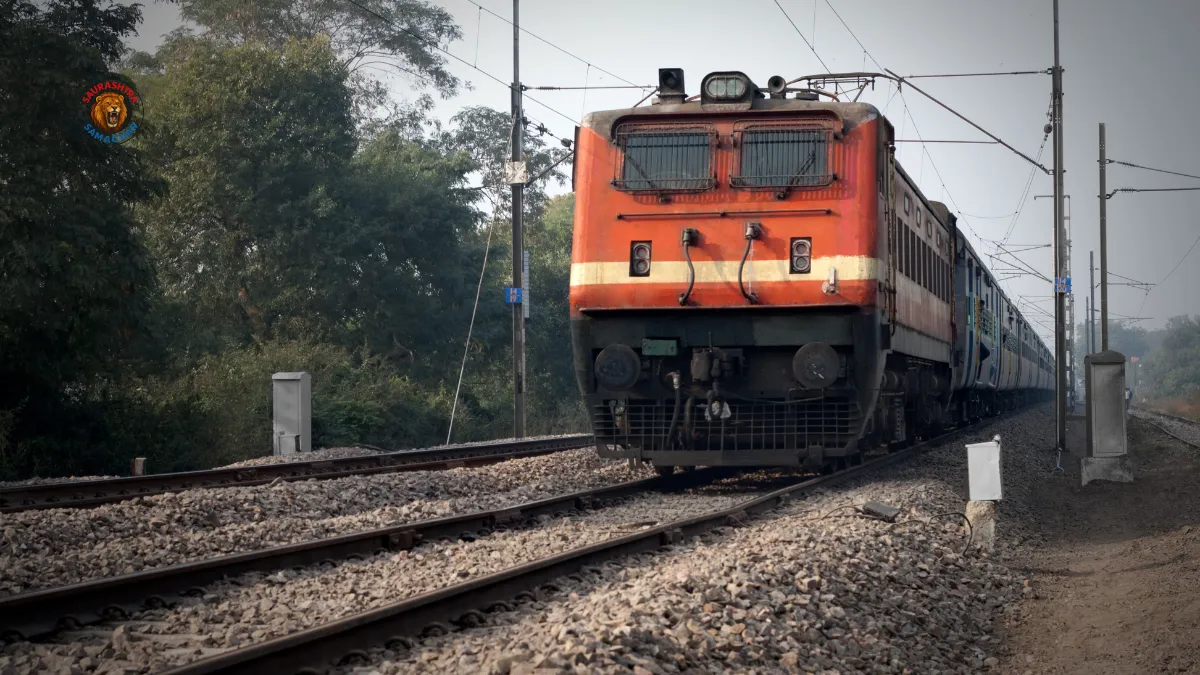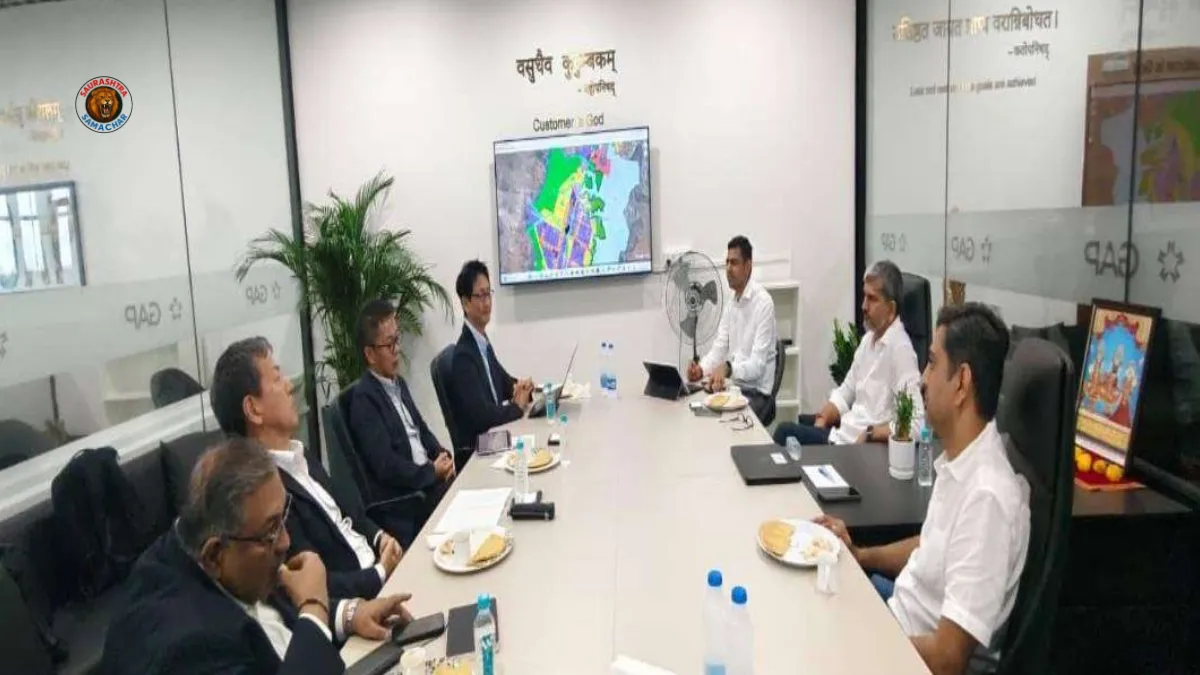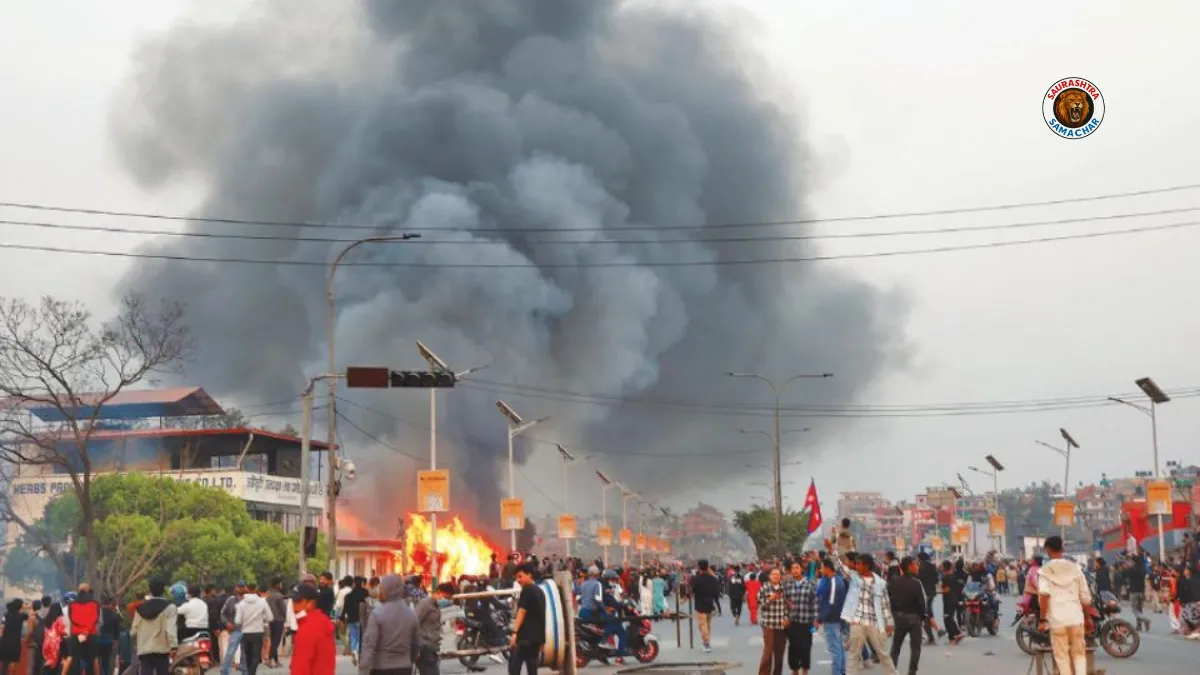Ahmedabad Transferable Development Rights: Ahmedabad is rapidly becoming a model city in India for smart and inclusive urban growth. At the heart of this transformation lies a powerful planning tool — Transferable Development Rights (TDR). By using TDR, the city has reshaped its skyline, improved living conditions for thousands of families, and preserved its cultural heritage, all while attracting large-scale private investment.
According to official data, Ahmedabad has absorbed more than Rs 2,561 crore worth of TDR, successfully utilising around 92 per cent of the rights issued so far. This high rate of utilisation clearly shows how effectively the city has applied this innovative strategy to balance development and conservation.
But what exactly is TDR, and why has Ahmedabad become such a strong example of its use? Let’s take a detailed look.
What is Transferable Development Rights (TDR)?
Transferable Development Rights, commonly known as TDR, is a land-use and urban planning mechanism that helps cities manage growth without putting too much pressure on limited resources.
The system works on a simple principle:
- Property owners who cannot fully utilise the development potential of their land — due to restrictions, heritage value, or conservation needs — can transfer or sell their unused rights.
- Developers in other parts of the city, where higher-density construction is permitted, can buy these rights to build beyond their normal floor space index (FSI) limits.
For example, imagine a landowner in a heritage zone who is not allowed to build extra floors. Instead of leaving that development potential unused, they can sell it to a developer in a high-growth urban area. The developer then uses these rights to build taller or denser projects.
In TDR terminology:
- The land that gives up development rights is called the “sending area” (often slums, heritage properties, or green zones).
- The land where these rights are used is called the “receiving area” (usually high-demand residential or commercial zones).
This tool creates a win–win situation:
- Sensitive areas get preserved.
- Landowners gain financial benefits.
- Developers get more flexibility.
- Cities can grow upward instead of expanding endlessly outward.
For fast-growing Indian cities like Ahmedabad, where land is limited and demand for housing is rising, TDR has become a game-changing planning strategy.
Ahmedabad’s TDR Market: A Model for Urban Redevelopment
Ahmedabad’s TDR market has grown steadily over the last decade, with some truly impressive outcomes. By 2025, the city had absorbed around 95 per cent of the Rs 2,778 crore worth of TDR issued.
Slum Redevelopment Success
The biggest success story comes from slum redevelopment. Ahmedabad launched its In-situ Slum Redevelopment Policy in 2013, and since then, TDR has played a crucial role in providing better housing for thousands of families.
- Against Rs 1,525 crore worth of TDR issued, utilisation has crossed Rs 1,761 crore.
- The initiative has supported 33 redevelopment projects spread over 7.2 hectares of land.
- Nearly 24,000 families have received new, improved homes under this program.
Most of this TDR demand is concentrated in west Ahmedabad, especially in residential zones R1, R2, and R3, where developers typically exhaust their FSI limits and then turn to TDR for additional construction.
Private Housing Redevelopment
Apart from slums, the private redevelopment market in Ahmedabad has also grown significantly.
- Around 178 projects worth Rs 3,509 crore have been undertaken.
- These projects have created 11,000 new dwelling units across 35.2 hectares.
While private housing redevelopment often faces delays due to resident disagreements, slow approvals, and procedural hurdles, TDR has helped ease many of these challenges by providing financial and planning incentives.
Preserving Heritage with TDR
Ahmedabad holds a special place in India’s cultural map as the first UNESCO World Heritage City. Preserving its historic havelis, pols, and architectural landmarks is a top priority.
Through heritage TDR, the city has found a sustainable way to maintain these old structures:
- Around Rs 17 crore worth of heritage TDR rights have been issued.
- Nearly Rs 16 crore has already been absorbed.
- This has directly benefited 74 heritage houses by giving their owners financial incentives to repair and conserve the buildings.
This approach allows the city to balance conservation with growth. Property owners maintain heritage sites without losing money, while developers elsewhere get the density they need.
Why TDR Matters for a City Like Ahmedabad
Experts from institutions like CEPT University and the Gujarat Housing and Labour Welfare Board highlight that Ahmedabad’s success with TDR holds lessons for many Indian cities.
Consider the bigger picture:
- India has less than one acre of land per citizen, compared to 2.5 acres in China.
- Rapid urbanisation has made land even scarcer in cities with populations exceeding one million.
In this context, Ahmedabad Transferable Development Rights (TDR) demonstrate how land-starved cities can:
- Encourage compact, vertical growth.
- Avoid urban sprawl.
- Channel private investment into housing and infrastructure.
- Promote inclusive development by combining slum rehabilitation with modern housing projects.
Future Potential: Unlocking Rs 17,045 Crore in TDR Capacity
Despite its achievements, experts say Ahmedabad has only scratched the surface of TDR’s full potential.
- The total TDR absorption capacity in Ahmedabad is estimated at Rs 17,045 crore covering 25 sq km.
- Current projects account for just Rs 2,236 crore — around 13% of the potential.
- This means nearly 87% capacity remains untapped.
Green TDR
One exciting innovation is the concept of “Green TDR”, which could reward developers for environmentally friendly construction or investments in ecological conservation.
Also read: Japanese Semiconductor Companies Visit Dholera: A Major Push for India’s Chip Manufacturing Goals
Inter-City TDR Trading
Another forward-looking idea is inter-city TDR trading. Ahmedabad could allow TDR rights to be sold to developers in nearby cities like Vadodara, Surat, and Rajkot.
If implemented, this could unlock private investments worth Rs 2.46 lakh crore across 6,644 hectares of underutilised land. Such measures would massively boost:
- Affordable housing.
- Heritage conservation.
- Infrastructure development.
Also read: Dholera Smart City and Gujarat’s Mega Vision for Vibrant Regional Growth
Expert Views: Linking Urban Growth with India’s Economic Goals
Urban planners and economists agree that dynamic tools like TDR will be essential if India is to achieve its ambitious target of becoming a $10 trillion economy.
Cities like Ahmedabad show how urban policy can be both inclusive and profitable. By aligning slum rehabilitation, heritage preservation, and private housing with the broader development framework, TDR offers a scalable model for other Indian metros.
As CEPT University’s leadership emphasises, urban densification through TDR is not just about buildings — it’s about creating sustainable, liveable, and inclusive cities.
Also read: Dholera Emerges as Strategic Hub for Japan-India Semiconductor and Tech Deals
Conclusion: Ahmedabad Transferable Development Rights
Ahmedabad’s journey with Transferable Development Rights (TDR) proves that urban growth and conservation need not be conflicting goals. By effectively absorbing over Rs 2,500 crore worth of TDR in projects ranging from slum redevelopment to heritage retrofitting, the city has shown how smart planning can transform lives and spaces.
Looking ahead, innovations like Green TDR and inter-city trading could unlock billions in investment, reshape underutilised land, and further establish Ahmedabad as a pioneer in sustainable urban development.
If replicated across India, the Ahmedabad TDR model could help the country manage its scarce land resources, improve housing for millions, preserve its heritage, and take decisive steps towards becoming an economic powerhouse.
